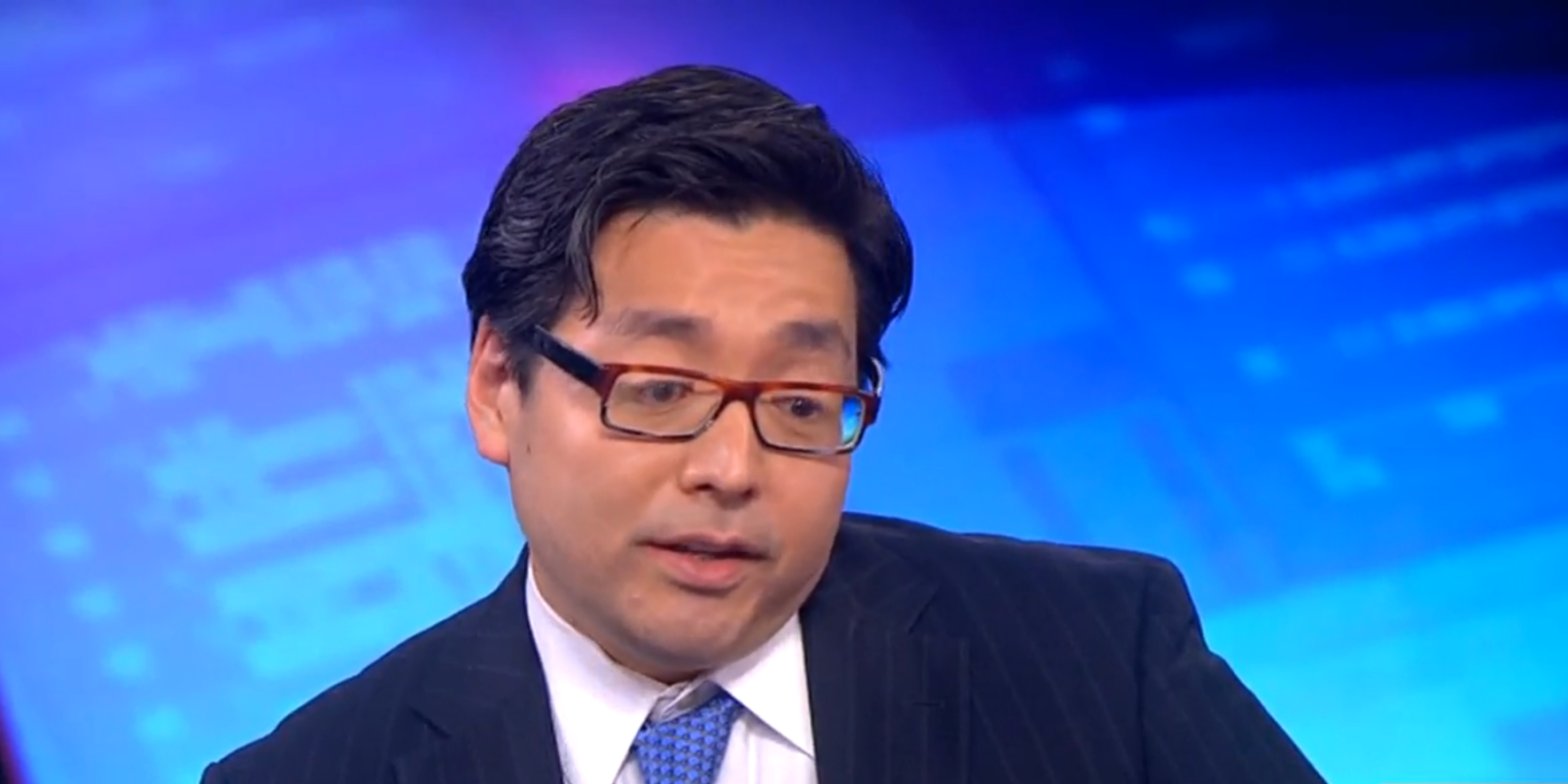Stocks are still on track to end the year “significantly higher,” Fundstrat’s Tom Lee said. That comes despite a recent pullback, with equities closing September with the worst losses of the year. But yields are bound to come down eventually, Lee said, which is a positive for stocks. Loading Something is loading.
Thanks for signing up!
Access your favorite topics in a personalized feed while you’re on the go.
Stocks are still bound to end the year “significantly higher” as surging bond yields are not sustainable, according to Fundstrat’s head of research Tom Lee.
“Bottom line, we still expect stocks to be having a strong recovery once we get through this weakness. By year-end, I expect markets to be at a significantly higher level,” Lee said in a video to Fundstrat clients on Wednesday. “The faster markets fall, the faster the recovery.”
He pointed to higher bond yields and still-high inflation, which have worried investors and helped stoke a recent sell-off in equities.
But there are are reasons to believe that those bearish factors are disconnected from the fundamentals, he suggested, adding that he still saw upside for stocks.
The yield on the US 10-year Treasury note, for instance, traded around 4.762% on Thursday – above that of Greece, where the 10-year yield is hovering around 4.4%, and Germany, where the 10-year yield is trading around 2.9%. Yet, US inflation is lower compared to that of both countries.
“To me, maybe this is another example of how there’s been a lot of momentum pushing yields higher, but it may be divorced from fundamentals,” Lee said.
Bond yields have soared partly out of concern for higher-for-longer interest rates in the economy, which have raised the odds of recession and borrowing costs on US debt, experts say.
But interest rates are unlikely to stay at these levels for long, Lee suggested, considering the recent downtrend in inflation and other cooling price indicators in the economy. Oil prices have pulled back slightly from a 10-month-high, with Brent crude, the international benchmark, easing to $85.45 on Thursday.
Meanwhile, services prices in the economy clocked in at 58.9, according to the ISM’s latest survey, well below the peak of 84.5 recorded at the end of 2021. Core inflation, meanwhile, has followed the same trajectory, with the core Consumer Price Index cooling to a 4.3% annual pace in August.
“I think it’s reinforcing our view that as much as people think inflation has proven to be sticky, it is drifting lower and probably set to drift even lower,” Lee added.
Lower inflation spells good news for the economy and for stocks, as it could nudge the Fed to dial back high interest rates. Central bankers raised interest rates aggressively over the past year and a half to cool off inflation, which weighed heavily on equities last year.
Despite renewed fears of a coming recession, Lee remains one of the most bullish forecasters on Wall Street at the moment, previously predicting S&P 500 could top its all-time-high by the end of 2023. He made a similar call in 2022, though the index actually ended 20% lower.
